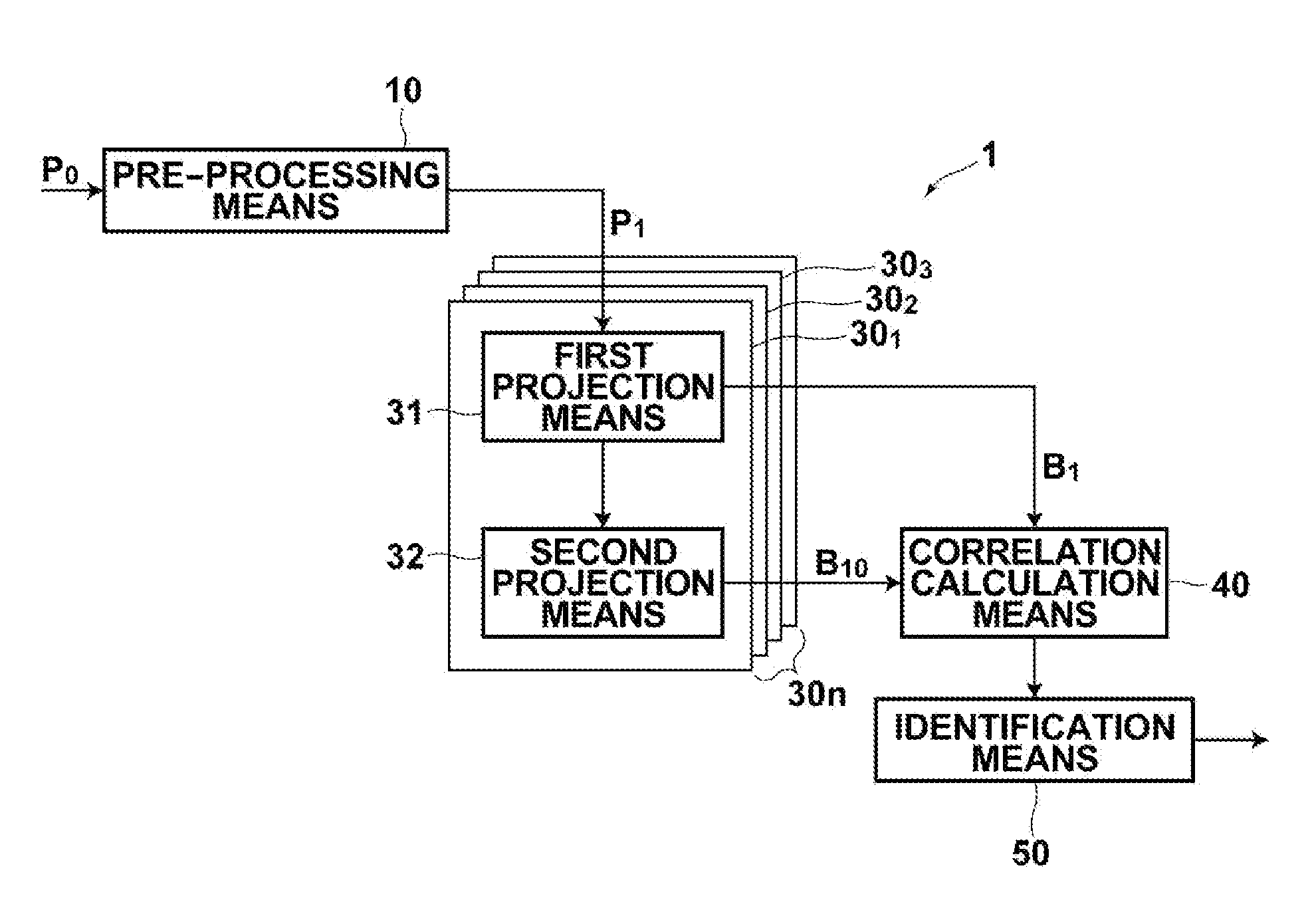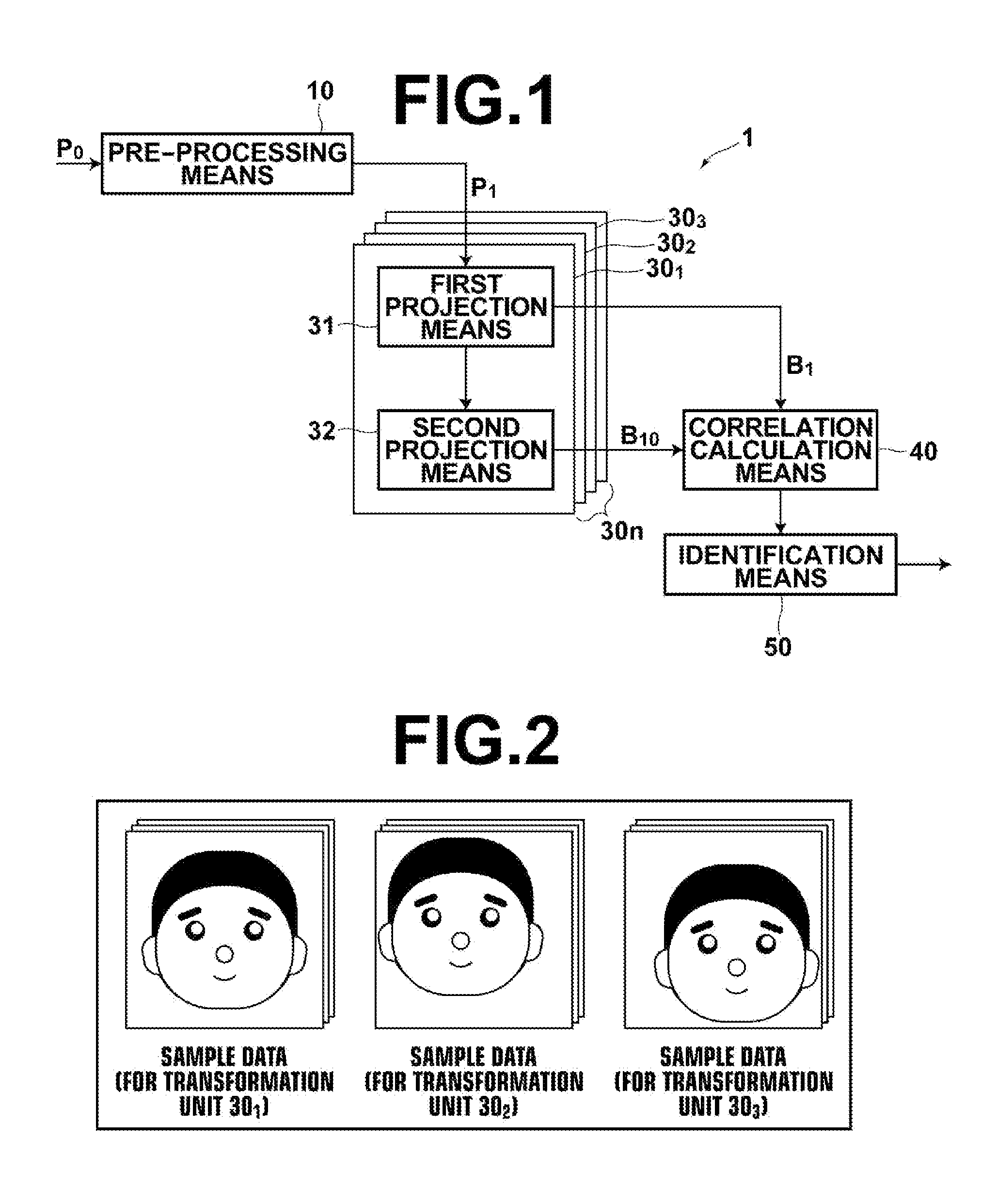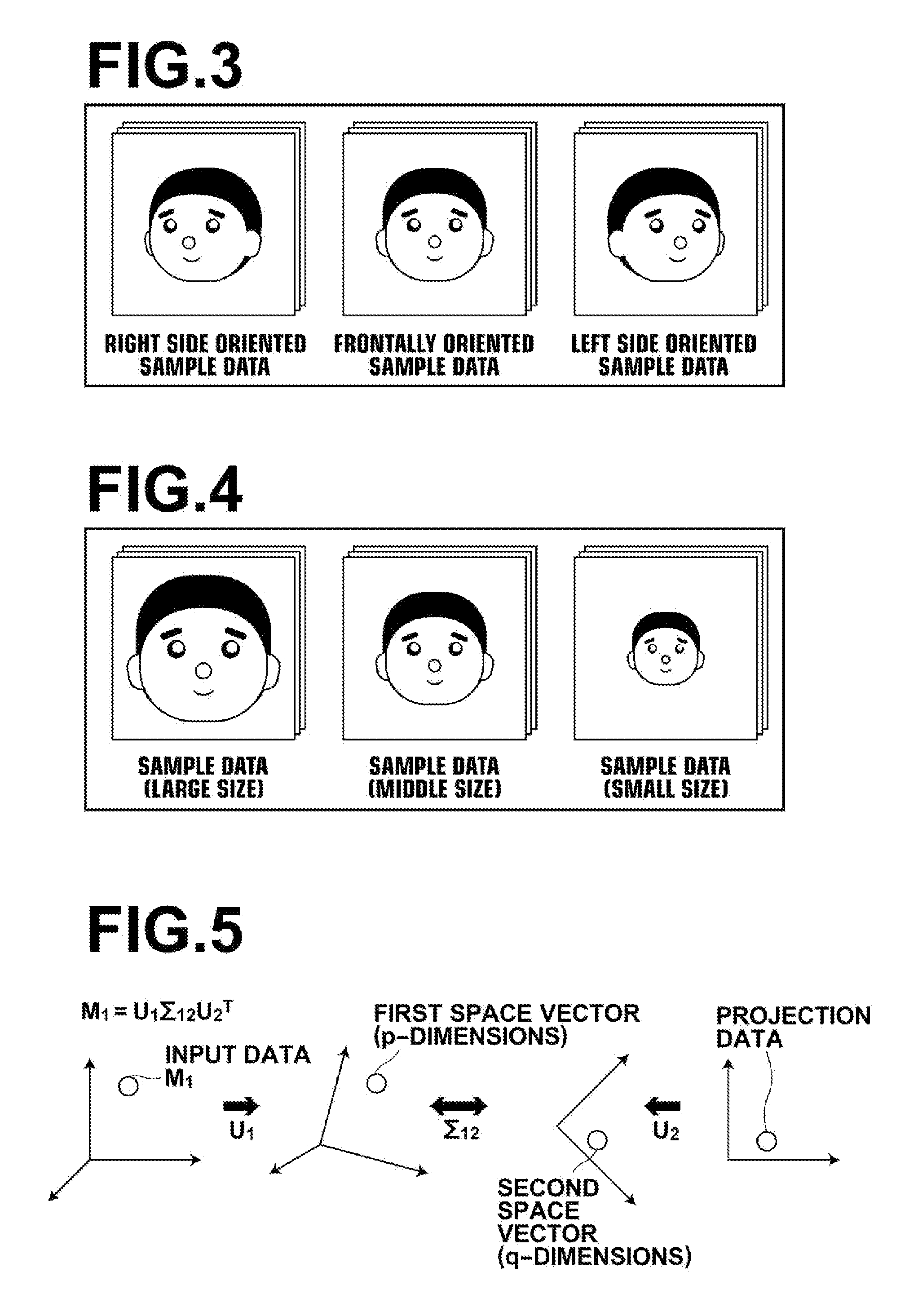Information processing apparatus, method, and program
a technology of information processing and apparatus, applied in the field of information processing apparatus, method and program, can solve problems such as degraded detection accuracy, and achieve the effect of accurate detection of objects and accurate detection of objects
- Summary
- Abstract
- Description
- Claims
- Application Information
AI Technical Summary
Benefits of technology
Problems solved by technology
Method used
Image
Examples
Embodiment Construction
[0054]Hereinafter, embodiments of the present invention will be described with reference to the accompanying drawings. FIG. 1 is a block diagram of a preferred embodiment of information processing apparatus 1 of the present invention. Note that the configuration of information processing apparatus 1 is realized by executing information processing program read in an auxiliary storage device on a computer (e.g., personal computer or the like). The information processing program is stored in an information storage device, such as a CD-ROM or the like, or distributed through a network, such as the Internet or the like, and installed on the computer.
[0055]Information processing apparatus 1 is an apparatus for identifying a modality (state), such as the position, size, or orientation of a given object, such as a face or the like. For that purpose, information processing apparatus 1 includes pre-processing means 10, space transformation unit 30n, correlation calculation means 40, and ident...
PUM
 Login to View More
Login to View More Abstract
Description
Claims
Application Information
 Login to View More
Login to View More - R&D
- Intellectual Property
- Life Sciences
- Materials
- Tech Scout
- Unparalleled Data Quality
- Higher Quality Content
- 60% Fewer Hallucinations
Browse by: Latest US Patents, China's latest patents, Technical Efficacy Thesaurus, Application Domain, Technology Topic, Popular Technical Reports.
© 2025 PatSnap. All rights reserved.Legal|Privacy policy|Modern Slavery Act Transparency Statement|Sitemap|About US| Contact US: help@patsnap.com



